Creating Company Transferable Value
Exiting Your Business
Everyone will exit their business at some point – it is inevitable! And most contractors, with no exit plan in place, will close their doors, leaving years of client goodwill, established contractor and supplier relationships, and dedicated employees to go away when those respected company doors close. There is another way! Owners can remove themselves from daily operations with some foresight and planning with their eventual exit in mind. This does not happen by chance – it happens when a strategic plan is implemented thoughtfully and deliberately.
One of the most important elements of a successful business exit or transition is creating transferable value. No matter what an owner sees for the future of their business, the transferable value can be the common denominator that makes every goal more achievable.
What is Transferable Value
For a closely held business, transferable value is most simply what a business is worth to someone else without its original owner. The transferable value should not be confused with profit. Just because your company brings in thousands of dollars of profit each year does not necessarily mean it has transferable value. True transferable value in a business is determined not by how well you run the business but by how well the business runs without you.
Business owners are not always aware that transferable value is more than a formula involving multiples of earnings or some calculation of discounted future cash flows. To get a more accurate representation of the current state of your company’s transferable value, you can start by asking yourself the following questions:
• If you permanently leave your business today, would it continue with minimal disruption to its cash flow?
• Who will be responsible for running the business without you—and with minimal disruption to cash flow?
Value Drivers
One way to start to build transferable value is to evaluate your company's value drivers. Installing and enhancing value drivers can help create a company that can be transferred to someone else (whether that’s the next generation of family members or an outside third-party buyer)—without the owner—with minimal disruption to its cash flow. Some examples of value drivers that you may need to focus on are:
Next-Level Management
Operating Systems Demonstrated to Increase the Sustainability of Cash Flows
Diversified Customer Base
Proven Growth Strategy
Recurring Revenue That Is Sustainable and Resistant to Commoditization
Good and Improving Cash Flow
Demonstrated Scalability
Competitive Advantage
Financial Foresight and Controls
One might measure the effectiveness of value drivers in two ways:
Their positive contribution to cash flow
Their ability to continue to contribute to cash flow under new ownership
A company with strong value drivers will be worth more than a company with weak or non-existent value drivers.
Build Transferable Value with Your Management Team
Building a management team that you can confidently leave your company with can be challenging. You may want to create a loyal “next-level” management team that will not only maintain the value of your business but is just as motivated as you are to grow the business to new heights. Understanding where your company may have weaknesses is an important step in knowing the type of person you will need to attract to fill the gaps. It is worth it to ask yourself whether you are focusing on attracting people with the skill sets the company needs to accomplish growth independently from the current owners' efforts and resources. Establishing this highly qualified team long before you think you will transfer the company can give them the time and space to prove their ability to perform.
Attracting the right team is the first step. Retaining the team long after your departure is the real task. To hold onto these vital team members, they may require more money or some percentage of ownership as a condition of employment. Creating an effective incentive plan that fits your team's needs is the best way to ensure your management team stays in place and continues to increase business value after your departure. Plan your future with the end in mind!
This conversation is at the core of any successful business exit and transfer. To learn more about this process, please contact me at david@remodelforce.com or visit my website to learn more.

